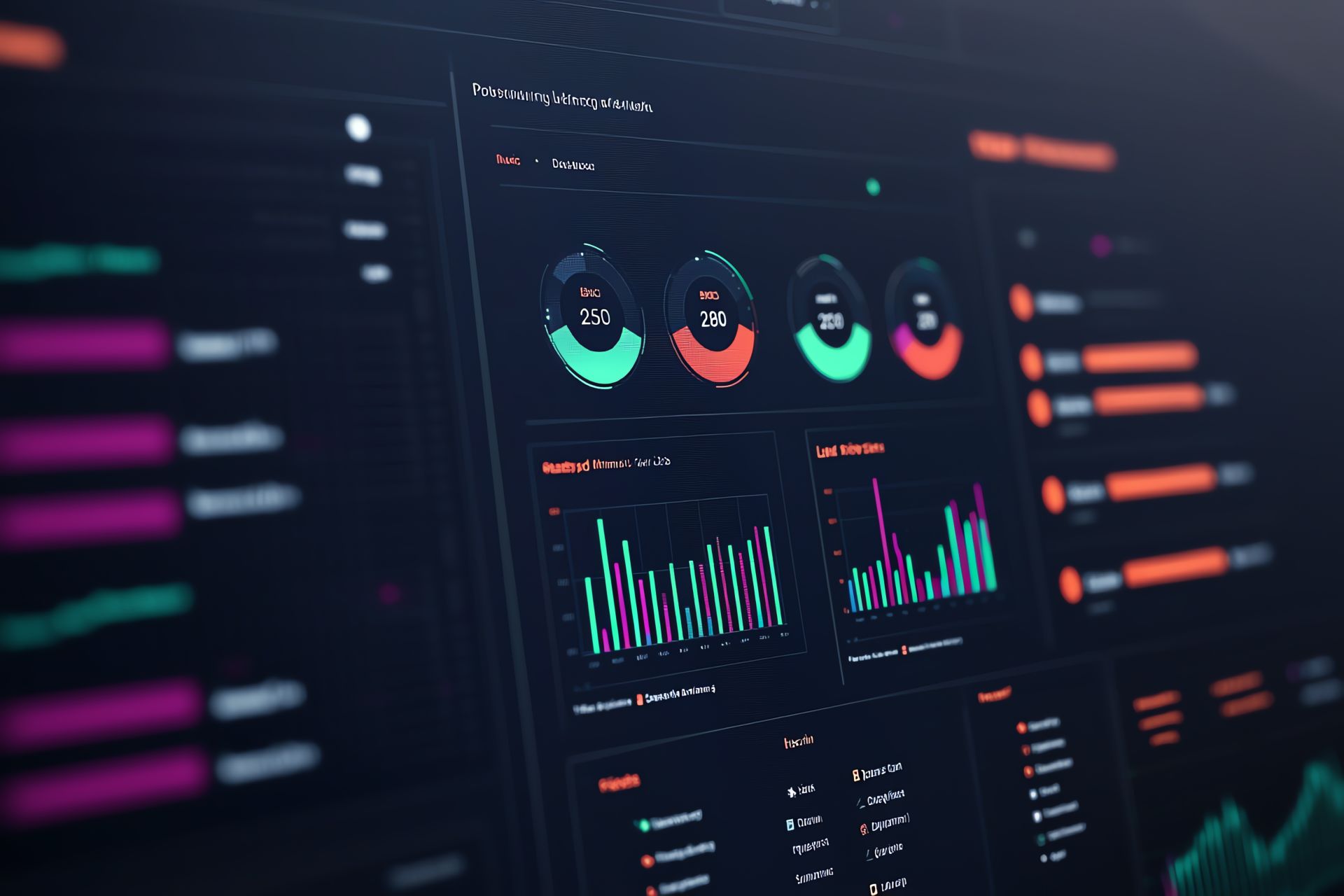
It's not that L&D teams lack data. In fact, most are capturing a wide range of metrics — course completions, engagement scores, performance ratings, survey results. But too often, that data is fragmented, locked in disconnected systems, or too narrowly focused on learning activity rather than business outcomes.
A recent CLN Special Report revealed a clear challenge for today's learning leaders: the pressure to prove the impact of L&D is intensifying, but the infrastructure and strategic alignment required to do so aren't always in place.
Despite access to more platforms and analytics tools than ever before, 71% of L&D leaders still struggle to measure business impact. That's not due to a lack of effort—it's because the data they collect often doesn't reflect what the business actually values. Without integration, context, or clarity around what success looks like, learning metrics can't deliver the insight or influence L&D teams need.
Instead of focusing on activity-based metrics, leaders are beginning to shift toward a more strategic model—one that prioritizes alignment, integration, and outcomes over volume and velocity — especially at a time when cost optimization is at the forefront of business leaders' minds.
The CLN report reveals that many L&D leaders find it difficult to correlate the data they do have with the business outcomes their organizations care most about—like productivity, retention, and revenue growth. In fact, correlating learning with productivity was the most frequently cited challenge.
Part of the problem is technical. Sixty percent of respondents say their learning systems aren't integrated with business tools such as CRMs or HR platforms. Without this integration, key performance and behavioral indicators live in isolation, unable to inform or enrich learning insights.
Data fragmentation across systems is another major hurdle, with nearly half of leaders saying their metrics are scattered across tools that don't talk to each other. And even when teams manage to pull reports, they're often buried in complexity or lack the clarity needed to drive executive action.
This often leads to a frustrating cycle: L&D delivers training, tracks what it can, but can't connect the dots in a way that earns leadership buy-in. In a competitive and cost-conscious environment, that's a risk learning teams can't afford to take.
Making Business Alignment Measurable
To escape that cycle, learning leaders are adopting a more strategic model — one that flips the traditional approach on its head.
Instead of starting with training content or delivery methods, they're starting with a concrete business goal. That could mean reducing customer churn, improving safety outcomes, accelerating onboarding, or any number of organizational priorities. Once the goal is clear, learning professionals can work backward to design programs that target the behaviors, skills, and knowledge needed to achieve it.
It sounds simple, but it requires a fundamental mindset shift — and often, more candid collaboration with business stakeholders.
"The business is the stakeholder that wants the program or thinks they need the program, but they're not necessarily communicating why… You have to define what 'good' looks like before you can measure success."
— Scott Mahoney, Managing Director, Seertech
This goal-first approach doesn't just help L&D teams track the right metrics — it also helps them ask better questions. What will success look like six months from now? How should performance or behavior shift as a result of learning? Who needs to change, and how will we know when they have?
By clarifying these expectations up front, teams can build programs that deliver measurable value — not just activities to check off.
How AI Is Changing the Game
Even with a well-defined strategy, learning data often lacks the structure needed to tell a complete story. That's where AI is starting to play a transformative role.
Modern AI tools can sift through massive amounts of data, identifying trends, patterns, and anomalies that would be nearly impossible to detect manually. But perhaps more importantly, AI can explain its findings in language that non-analysts can act on.
Imagine being able to ask your system, "Which training investments had the greatest impact on employee performance?" Or, if you manage an extended enterprise program: "Which courses are consistently generating the most revenue — and how can we scale that success?"
AI not only surfaces these insights but offers hypotheses, trend analysis, and next-step recommendations — all in real time.
"AI gives you a hypothesis on the meaning of the metrics it thinks are important—and tells you why," Mahoney explains. "It helps you promote positive trends and understand the meaning behind them."
AI also removes some of the burden from resource-strapped L&D teams. Instead of chasing down data points across multiple platforms or waiting on IT support, teams can use AI to access the information they need to make smarter, faster decisions.
It's not a replacement for human strategy — but it's quickly becoming an indispensable partner.
Integration Is the Missing Piece
Of course, no amount of analytics — human or artificial — can be effective if your systems aren't integrated.
The CLN report shows a clear appetite for better tech infrastructure: 73% of leaders say a unified, API-driven data system would significantly improve their ability to make decisions. That means linking your LMS with HRIS, CRM, and performance management systems, so insights can flow freely and tell a more complete story.
Integrated data enables L&D teams to zoom out from individual programs and see how learning connects to larger workforce trends. Is a new onboarding course improving time to productivity? Are technical skills training programs reducing error rates in the field? Are high-performing managers engaging more with coaching content?
These are the kinds of questions executives want answers to — and the kind that can only be answered when systems work together.
"Learning data is increasingly being incorporated into talent management systems to provide a more holistic view of employee growth," says Adam Hickman, VP of Organizational and Employee Development at The Walt Disney Company.
What Comes Next
L&D has long been a strategic enabler — but without the right data strategy, it's hard to prove it.
That's changing. As more organizations shift from passive reporting to outcome-driven analytics, the role of learning is expanding. It's no longer about offering training opportunities. It's about shaping performance, improving retention, and contributing directly to business goals.
To do that, learning leaders must embrace a new set of tools — and a new mindset.
Your checklist might look like:
- Define your goals first.
- Design programs that map to those goals.
- Leverage AI to surface insights.
- Integrate systems to unlock full visibility.
- And most importantly, make sure your data tells a story your executives want to hear.
Download the full CLN Special Report to explore how top organizations are redefining learning analytics — and how your team can, too.
Recent articles

The Foundations of Learning ROI: How to Align L&D with Business Goals
If you want to prove the return on investment (ROI) of your learning programs, you can’t start with course design. You can’t even start with learning objectives. The first step is far more strategic: align learning to the outcomes the business actually needs. For many organizations, this requires a shift in mindset. Learning can [...]

Why ROI Matters More Than Ever in Learning and Development (L&D)
The Business Climate in 2025: Why L&D Can’t Afford to Fly Under the Radar To understand why ROI matters more than ever, we have to look at the broader business context. In 2025, companies are under immense pressure to preserve margins, drive performance, and stay competitive, often with fewer resources than before. Inflation, shifting [...]




